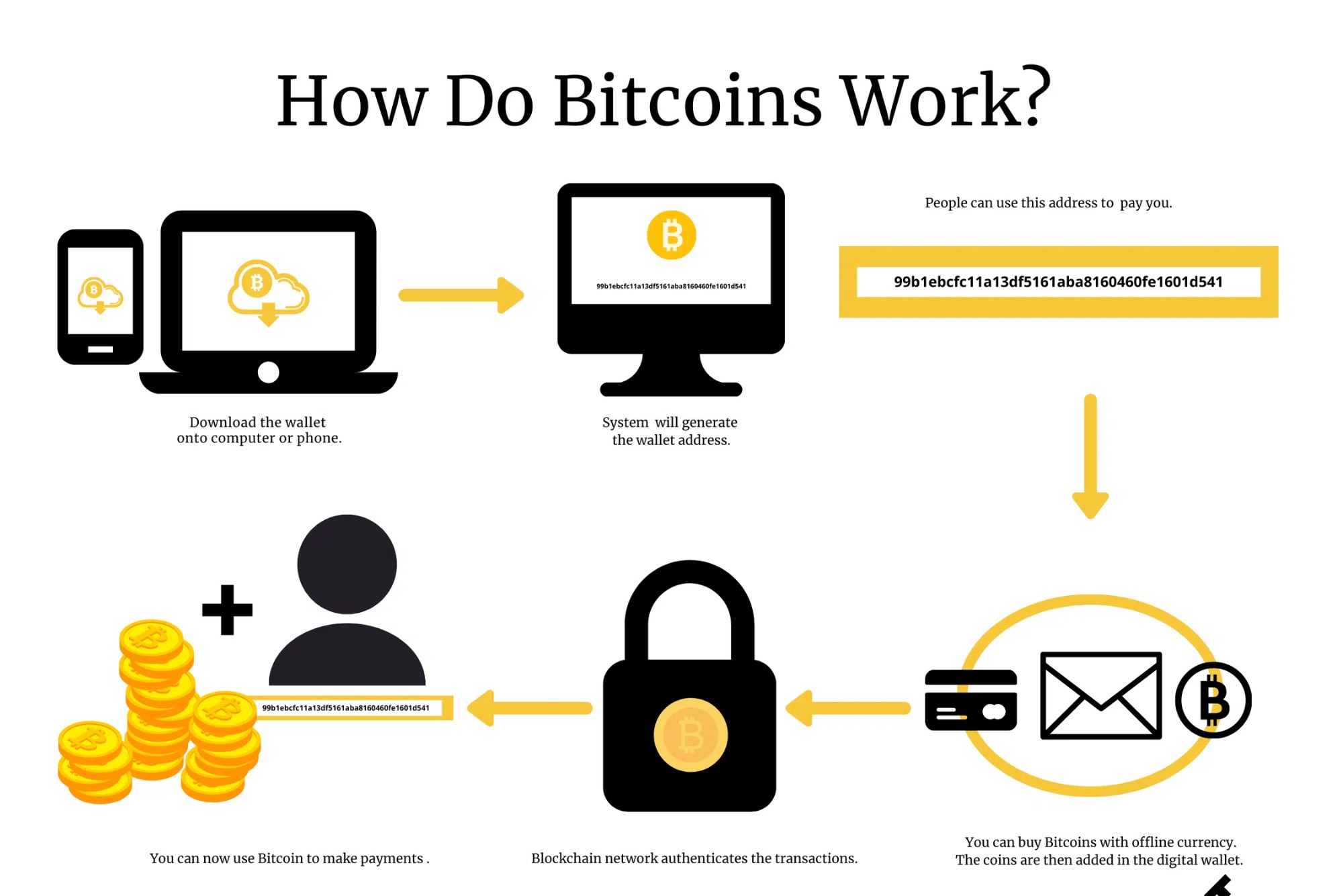Bitcoin mining has been a hot topic in the world of cryptocurrency for years. But is it truly profitable? Let’s delve into the intricacies of Bitcoin mining profitability, weighing the pros and cons to help you make an informed decision.
Understanding Bitcoin Mining
Before we assess its profitability, let’s grasp the fundamentals of Bitcoin mining. It involves solving complex mathematical problems to validate and secure transactions on the blockchain network. Miners compete to solve these puzzles, and the first one to succeed gets rewarded with Bitcoin.
The Pros of Bitcoin Mining
Potential for High Rewards
Mining can yield substantial profits, especially during bull markets when Bitcoin prices soar. Early adopters have reaped significant returns.
Decentralization
Bitcoin mining decentralizes the currency, preventing any single entity from controlling the network. This enhances security and transparency.
Innovation and Technological Advancement
Innovation and technological advancement are pivotal drivers of progress in today’s rapidly evolving world. At their core, these concepts represent the continual improvement and transformation of ideas, processes, and products that enhance human life and drive economic growth. Innovation encompasses the introduction of new ideas, methods, or products that significantly alter existing paradigms.
It often emerges from the need to solve problems or improve efficiency, leading to groundbreaking discoveries that can disrupt entire industries. For instance, the advent of the internet fundamentally reshaped communication, commerce, and entertainment, enabling globalization and the emergence of new business models.
Technological advancement, on the other hand, refers to the progressive development of tools, systems, and techniques that facilitate the creation and application of innovations. This includes advancements in artificial intelligence, robotics, biotechnology, and renewable energy, among others. Each of these fields not only pushes the boundaries of what is possible but also provides solutions to some of the world’s most pressing challenges, such as climate change, health crises, and resource scarcity. For example, breakthroughs in renewable energy technologies are helping to combat climate change by providing cleaner alternatives to fossil fuels, thus promoting sustainability.
The interplay between innovation and technological advancement is crucial for fostering an environment conducive to economic development. Organizations that prioritize research and development often find themselves at the forefront of their industries, leveraging cutting-edge technologies to enhance productivity and create competitive advantages. Moreover, innovation can lead to the creation of new markets and job opportunities, as seen with the rise of the tech sector, which has spawned numerous startups and reshaped traditional industries.
Furthermore, the role of government policy and investment in promoting innovation and technological advancement cannot be overstated. By creating favorable conditions, such as funding research initiatives, supporting education in STEM fields, and implementing regulations that encourage entrepreneurship, governments can stimulate innovation ecosystems that thrive on collaboration between academia, industry, and the public sector. This collaborative approach fosters knowledge sharing and resource pooling, driving collective advancements that benefit society as a whole.
In essence, innovation and technological advancement are interconnected phenomena that propel society forward, enhancing our quality of life and addressing complex global challenges. As we continue to witness rapid advancements in technology, it is essential to embrace a culture of innovation, fostering an environment where creative thinking and experimentation are encouraged.
This will not only lead to the development of groundbreaking technologies but also ensure that we remain adaptable and resilient in an ever-changing world. By understanding and leveraging the power of innovation and technological advancement, individuals, businesses, and governments can navigate the complexities of the modern landscape and drive sustainable growth for the future.
The process of mining fosters innovation in hardware and software development. Is Bitcoin Mining Profitable This continuous improvement drives the cryptocurrency ecosystem forward.

The Cons of Bitcoin Mining
High Initial Investment
Setting up a mining rig requires a considerable upfront investment in hardware, electricity, and cooling systems. This can deter individuals with limited capital.
Intense Competition
As more miners join the network, the competition intensifies, making it harder to mine Bitcoin profitably. Only those with access to cheap electricity and cutting-edge equipment can thrive.
Environmental Concerns
Bitcoin mining consumes a vast amount of energy, raising concerns about its environmental impact. Critics argue that it exacerbates carbon emissions and contributes to climate change.
Maximizing Bitcoin Mining Profitability
To enhance your chances of profitability, consider the following strategies:
Efficient Hardware
Invest in energy-efficient ASIC miners to minimize electricity costs and maximize mining rewards.
Join a Mining Pool
Pooling resources with other miners increases your chances of earning rewards, albeit shared among participants.
Monitor Market Trends
Stay updated on Bitcoin’s price movements and adjust your mining strategy accordingly. Flexibility is key to capitalizing on market fluctuations.

Is Bitcoin Mining Worth It?
In conclusion, Bitcoin mining can be profitable under the right circumstances. However, it’s not without risks and challenges. Before diving in, carefully evaluate your resources, risk tolerance, and long-term goals. With diligent research and prudent decision-making, you can navigate the dynamic landscape of Bitcoin mining successfully.
Bitcoin Live Chart
Bitcoin’s live chart provides real-time data on its price movements, market capitalization, trading volume, and other metrics. Investors and traders use it to track Bitcoin’s performance and make informed decisions. Accessing live charts allows users to monitor market trends and identify potential buying or selling opportunities. Whether you’re a seasoned trader or a novice investor, staying updated with Bitcoin’s live chart can help you navigate the volatile cryptocurrency market effectively.





